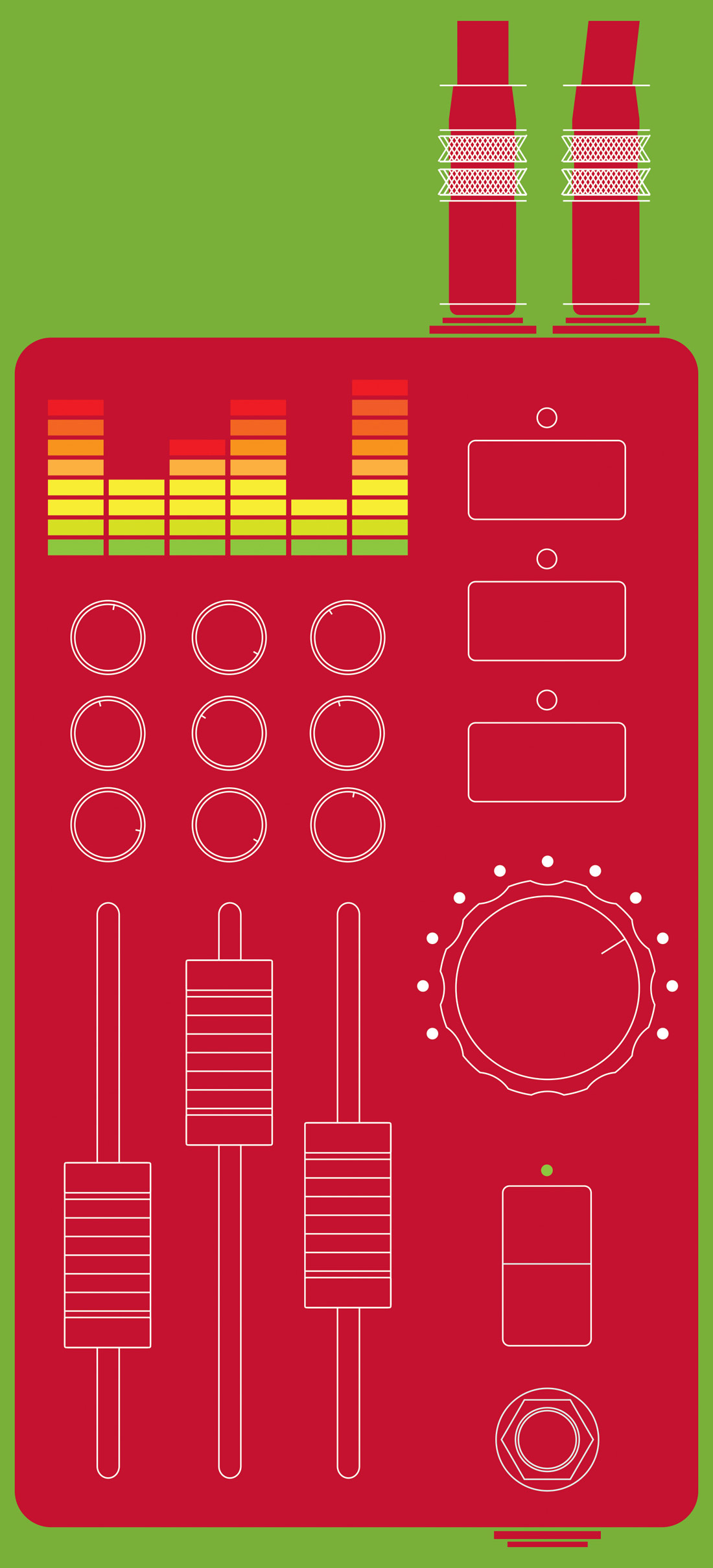Natural, musical, clear, detailed, open — these are all buzzwords that you hear in studio monitor speaker talk. The search for new monitors can be daunting, and wading through opinions of various models can be convoluted and frustrating, often leading you in circles. With so many great options available to choose from, the decision is not an easy one. But what if it could be?
Amphion Loudspeakers has been designing and manufacturing high-end speaker systems in Finland since 1998, but only recently has offered a professional line of studio monitors. Audio forums are buzzing with stellar reviews of this line, so I decided to contact the company to learn more. The replies I received were nothing short of the pinnacle of exceptional customer service, and I mean that in the most unhyped way possible. Communicating with the founder of the company, Anssi Hyvönen, was perhaps one of the best parts of this experience. He is genuine and sincere, and at no time did I feel pressured to make a purchase. He asked about the details of my listening space and what characteristics I wanted in a monitor so that he could recommend a model that would best suit my needs. With that, I was first shipped a pair of the One15, along with an Amphion Amp100 power amp, and later upgraded to the One18 — each time on a 30-day evaluation period, fully refundable (less return shipping).
The One15 and One18, like all of Amphion's studio monitors, are 2-way speakers. In the One series (which also includes the One12), a waveguide-loaded titanium dome tweeter is matched with a single forward-facing midrange/woofer, which in turn is augmented by a rear-facing passive radiator, mounted on the back of the cabinet in line with the woofer. In the Two series, the Two15 and Two18 each have two forward-facing midrange/woofers and two corresponding rear-facing passive radiators. The woofer-like passive radiators are completely out of the speakers' electronics, and they move with the front woofers' excursion, purely by the forces of air pressure within the sealed speaker enclosure. The low end, which has a similar roll-off to that of a ported design, is super tight and extends well beyond the listed specs. The included literature states One15's frequency response as 49 Hz — 20 kHz ±3 dB and One18's as 48 Hz — 20 kHz ±3 dB, but I measured the usable low-end extension in my room to be lower. The One15's SEAS aluminum woofer is 5.25'' in diameter while the One18's is 6.5'.' The crossover point for both models is 1.6 kHz. The black cabinets strike a sophisticated contrast to the white waveguide surrounding the tweeters, and the speakers look the part of a professional studio monitor (think NS-10M). Amphion sources most of the materials locally in Finland.
When listening to the Amphions, one cannot help but notice the superb phase-alignment and imaging qualities. The depth and naturalness to these monitors is not something that I've come across before, having had several of the usual high-end suspects in my room. The "space around a note," as some call it, is obvious. The separation of elements is clearly defined on the Amphions. These speakers are fast — like really fast. The low end is punchy and tight, with plenty of detail. The top end is open and natural, also with plenty of detail, without being harsh or overly bright. These really are non-fatiguing speakers and are a pleasure to work on for long periods. They don't color your mix in any way; they let the music just be... natural. Also, I am finding I am using less compression and EQ with the Amphions. In fact, setting compression has never been easier because the fast and transparent nature of these speakers makes compression results easy to hear.
The One18 is less opinionated than the One15. That is, it tends not to steer you in any direction. It offers a natural and honest representation of the music, and it makes a great all-around workhorse. Powered with the Amphion Amp100, there is plenty of headroom for tracking and detail for mixing, without the system sounding clinical. The One15 leans a bit more forward than the One18, making it a great nearfield mix tool. Being smaller than the One18, it logically presents a smaller soundstage. However, this little guy is super punchy, arguably more so than the One18. And it goes low — lower than you would think for a speaker of its size.
Monitors are often very room dependent. Aside from the excellent phase and image response, another defining characteristic of the Amphions is easy placement. That is, both models seem to interact with the room very well, and are not quite as picky as others have been in my space, although the One18 seems to need a bit more care than the One15. Frequency response measurements (using the very capable Room EQ Wizard software with 1/48-octave smoothing) resulted in surprisingly even plots.
Speaker choice is subjective and one of personal taste. Objective descriptions have their place, but in the end, you can never know for sure unless the speaker is in your room and you are working on it. The Amphions are no exception. These monitors perform well above their price range and are an incredible value for such refined tools, arguably one of the most critical tools for mixing. The mixes I complete on them are translating well to other rooms and playback systems, and I'm producing the best work of my career.
If you are on the fence, email Anssi and have a chat. If nothing else, at least you will have an exemplary customer service experience. If you demo a set in your room, it's very likely you will keep them, as I did the One18 pair. And if you don't already own an amp, consider the Amphion Amp100, a 100 watt Class D amp designed specifically to work with the One series.




_disp_horizontal_bw.jpg)